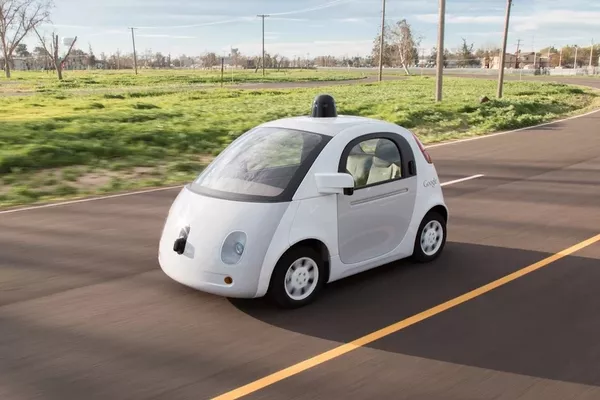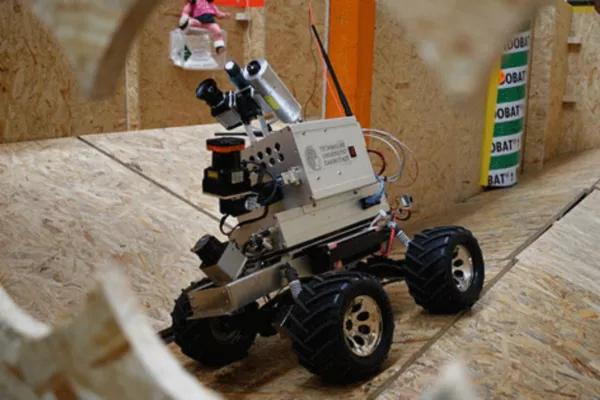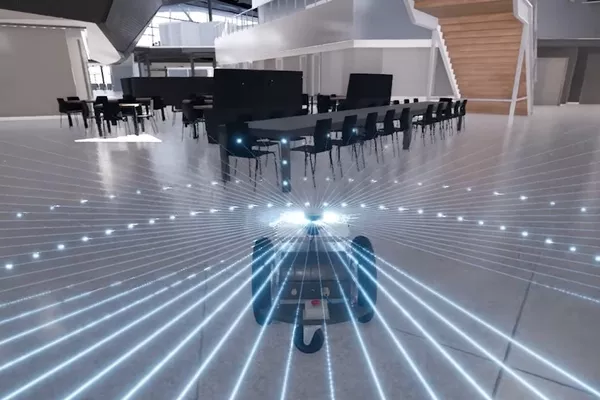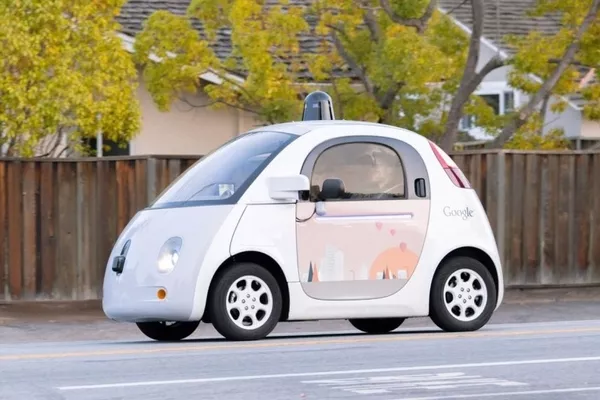Though we’ve heard of “futuristic cars” in the movies and read about them in books, only a few may have imagined them becoming a reality in our lifetime. But it looks like we won't have to wait very long.
That’s because the “futuristic vehicles” that we often dream about are finally here. Well, practically speaking, it isn’t in the Philippines yet. But now that we know that it exists, all we have to do is wait for flagships to deliver the latest wheels to us. We’re not talking about flying cars or laser-shooting vehicles, but we do have the next best thing: self-driving vehicles.
These independent vehicles can go by many names. Some people call them autonomous vehicles. Some may also refer to them as driverless or self-driving cars. Whatever you decide to call them, they all share the same capability, that is, they require little to no help from the driver at all.

Independent vehicles can go by many names
Now, these may sound impressive (and they really are), but there’s more to them than just this. These vehicles utilize tons of systems and technologies that let them operate this way. Most of these systems are concerned with safety and comfort.
Good examples for this are the lane departure warnings and smart airbags. But aside from safety and comfort, it also has tons of systems that make every ride more convenient.
One of the technologies concerned with convenience is the Global Positioning System. This not only tells us how to get to a place, but it also keeps track of our location. Autonomous vehicles have a smarter version of this too. The creators refer to it as SLAM or Simultaneous Localization and Mapping.
This is usually a topic that’s swept under the carpet due to its complexity. But what is this SLAM tech, and what does it do? How does it contribute to the capability of autonomous vehicles? Find out all the information you need about it in this article from Philkotse.com:
1. Behind the SLAM Tech, everyone is curious about
Google has worked on a lot of projects both in secrecy and in public. A lot of these so-called projects were like fictional gadgets from futuristic or sci-fi films. We can name so much of these “gadgets,” but no one would have easily had the courage to make them come to life. The X Labs Is the infamous secret lab owned by Google. This is basically where all the magic happens. This is also where they managed to invent Google Glass.

The X Labs Is the infamous secret lab owned by Google
If you’ve never heard of it, it’s the wearable computer that augments the wearer’s view of the world. The problem with Google Glass is that it didn’t live up to the manufacturer’s promises.
Though Google Glass is a flop, the concept of the driverless car was a major win. In fact, self-driving cars are even legal in some US states. This breathtaking success is mostly dependent on the SLAM technology.
>>> Read more: Google’s self-driving car sparking historic change.
2. What is SLAM?
The word “SLAM” stands for Simultaneous Localization and Mapping. This is a technology that lets a robot create a virtual map of its environment. By doing so, the robot is able to orient itself while it is inside that map fully.
It should also be able to do this in real-time but this task is not easy. While the technology currently being used is one that’s at the frontiers of tech design and research, but there still are a lot of challenges to be overcome.

The SLAM technology is a technology that lets a robot create a virtual map of its environment
To properly map your environment, one needs to know their orientation and position in it. The problem is that this info will only be gained by using a pre-recorded map of the area. It’s basically an egg-and-chicken problem that represents the two different tasks.
3. How does SLAM tech work?
Slam technology is built to overcome the egg-and-chicken dilemma. How does it do this? The SLAM tech is able to build a pre-existing map of the environment by utilizing GPS data. The map will then be refined once the robot starts to move around in it.
The biggest challenge that the SLAM tech faces is accuracy. In a vehicle with no human driver, interaction is possible; you can just imagine how important this would be. Measurements should always be taken while the robot or the vehicle moves around.
The tech is also designed to record the “noise” that is created by the movement of the robot. This also takes into account any incorrect info presented in the pre-existing map. To put simply, the SLAM technology relies largely on mathematics and measurements.

The SLAM tech is able to build a pre-existing map of the environment by utilizing GPS data
>>> Also read: Smart driving: Components of self-driving cars that allow self-navigation.
4. The Mathematics and Measurements
The self-driving vehicle introduced by Google is a perfect example of this combination. It takes both measurements and mathematics and puts them into action. Their autonomous vehicle primarily takes the measurements with its LIDAR.
If you’ve seen photos of Google’s autonomous vehicle, you will notice the LIDAR mounted on the roof. This has the capability to construct a three-dimensional map of the surrounding area. This operation takes place up to ten times. This evaluation is highly important and needs to be accurate since the car is mobile.
These measurements are used to enhance the pre-existing maps supplied by GPS. This is, of course, something that Google is famous for. The continuous reading creates quite a large amount of data.

The self-driving vehicle introduced by Google is a perfect example of the combination of Mathematics and Measurement
>>> Check out: 5 other smart things you can do with your GPS.
Now, this data is used by the vehicles of other systems to make correct decisions to maneuver the highway properly. The software built into the vehicle utilizes advanced statistics. This includes Bayesian filters and Monte Carlo models to create a map of the environment correctly.
Self-driving vehicles are the first to use SLAM tech fully. But it could also be applied to augmented reality and wearable technology. It was not long ago before this technology was only present in prototypes before they’re made available in actual units. Who knows, it might not be too long before SLAM tech is applied to other devices in the near future.
Recent posts
- Futuristic auto repair technologies and what you need to know about them Nov 18, 2022
- 5 reasons why people should embrace self-driving cars Aug 09, 2022
- See what happens to the automotive industry after AI Aug 09, 2022
- Become tech expert to decrypt biometric seat technology Aug 09, 2022
- Self-driving car: 9 advantages for Filipino drivers Mar 14, 2019












